Latest Architectural Works - Michelangelo Buonarroti
Farnese Palace;
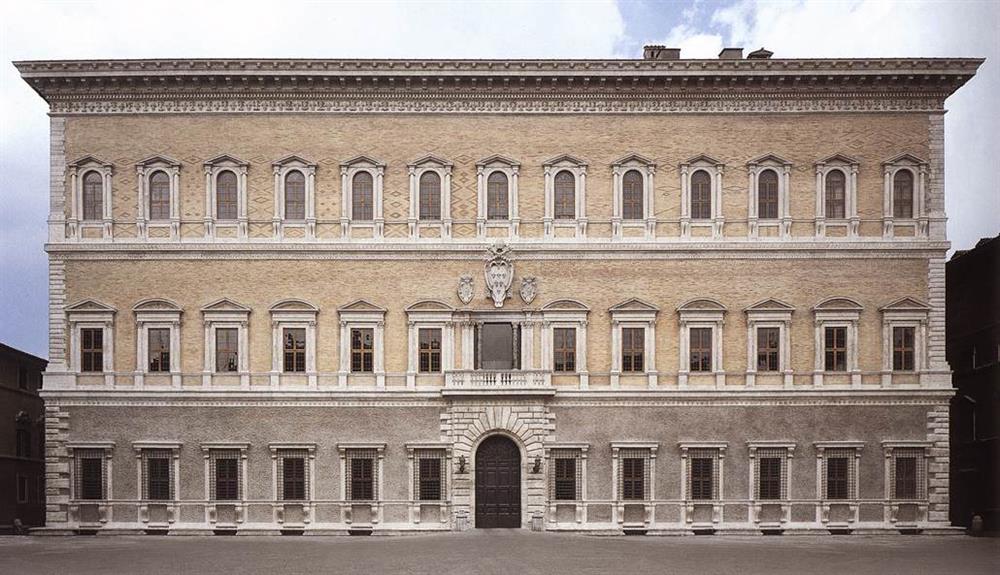
Farnese Palace facade
In 1546 Michelangelo was commissioned to complete the construction of the family mansion by Pope Paulus III, a descendant of Farnese. After the death of the former architect Antonio da Sangallo, Pope Paul III asked Michelangelo to take on the work and use his own designs. The roof of the third floor, which was started to be constructed, was raised even more. The cornice at the bottom of the roof reached an unprecedented height and was the scene of interesting light and shadow games with rich decorations.
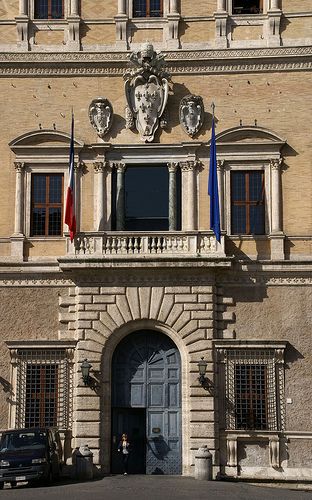
Farnese Palace main gate
Michelangelo made the big marble window on the main door with mottled stone columns. On the window, there was a large coat of marble rigging belonging to Pope Paul III, the founder of the palace.
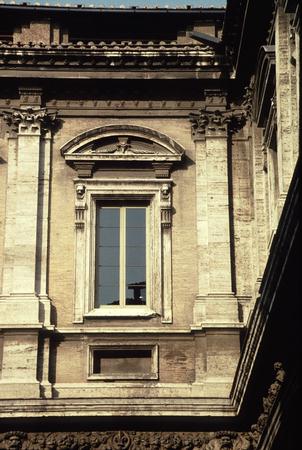
A window on the second floor of the Farnese Palace
Farnese's windows opening to the courtyard were decorated with special ornaments. According to Michelangelo's sketch, the third-floor windows adorned with a rich pediment and a ram head were decorated. In the outer frame of the window were lion-headed volutes. Michelangelo was reluctant to work after the death of the Pope. The project was be completed in 1580 by Giacomo Della Porta.
Porta Pia;
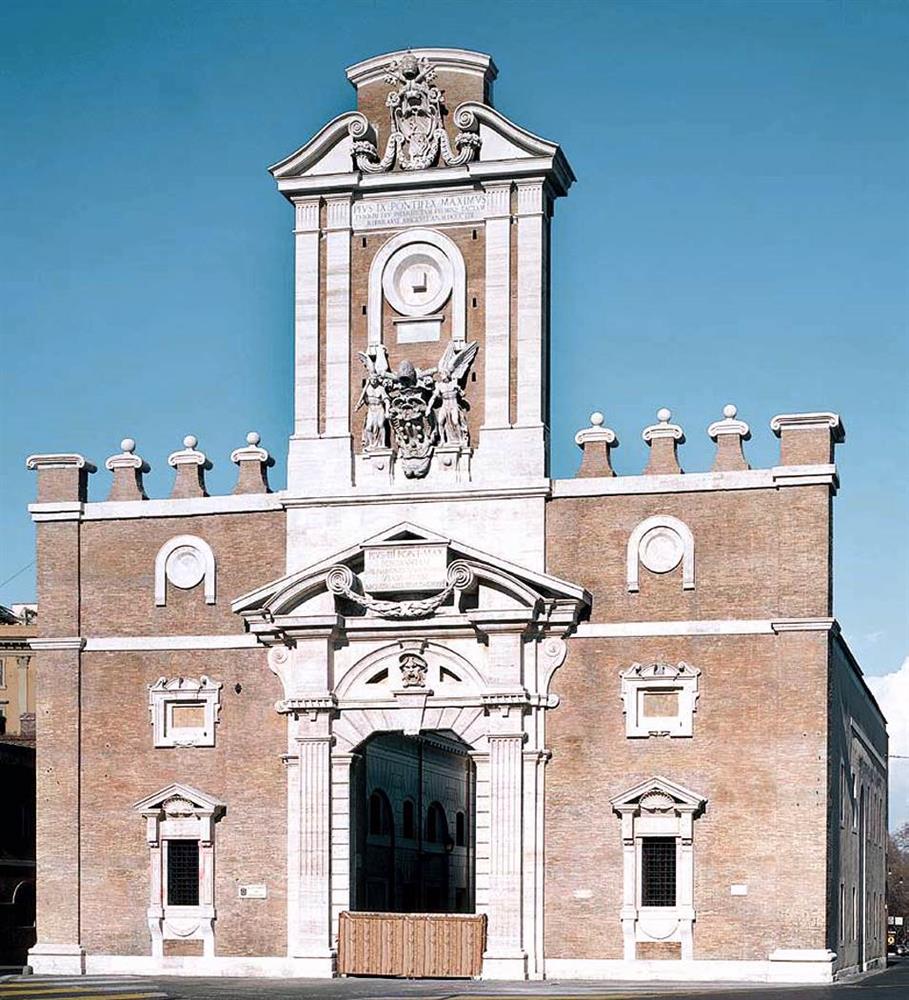
Pia Gate, City gate front
It is one of the gates to enter the city at the time of Porta Pia (Pia Gate) in the north of Rome, which was built by Pope Pius IV. Michelangelo had begun to build the Pia Gate in 1561 under the directive of the Pope. His doors and windows are estimated to have made him. It was also claimed that the artist designed original zinc embellishments containing the above wiping tape and the spheres of the middle (the Medici's Pope coat of arms).
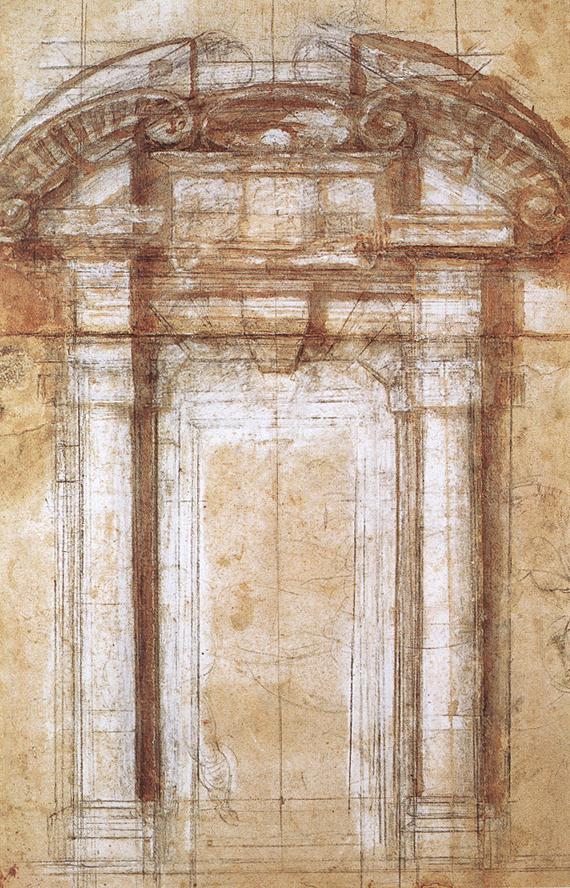
Sketch for Pia Gate
Michelangelo did not design the façade of the city gate to the outward as usual since Antiquity. Michelangelo has destroyed a great tradition by designing the façade of the city gate facing the city. After Michelangelo's death, Porta Pia (Pia Gate) had been completed with some modifications to his drafts.
Capitol Hill;
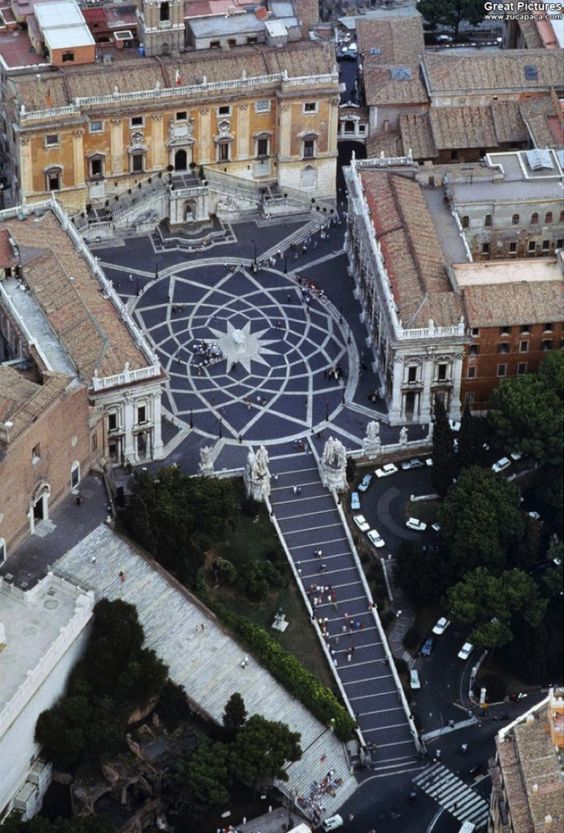
View from Capitol Square
Pope Paul III had Michelangelo appointed to rebuild the Capitol Hill, one of the seven hills of the city of Rome, which was of special importance to the city since Antiquity. Michelangelo, At the end of the trapezoidal square between the palaces, placed a large staircase where the cavalry could climb without dismounting from his horse.
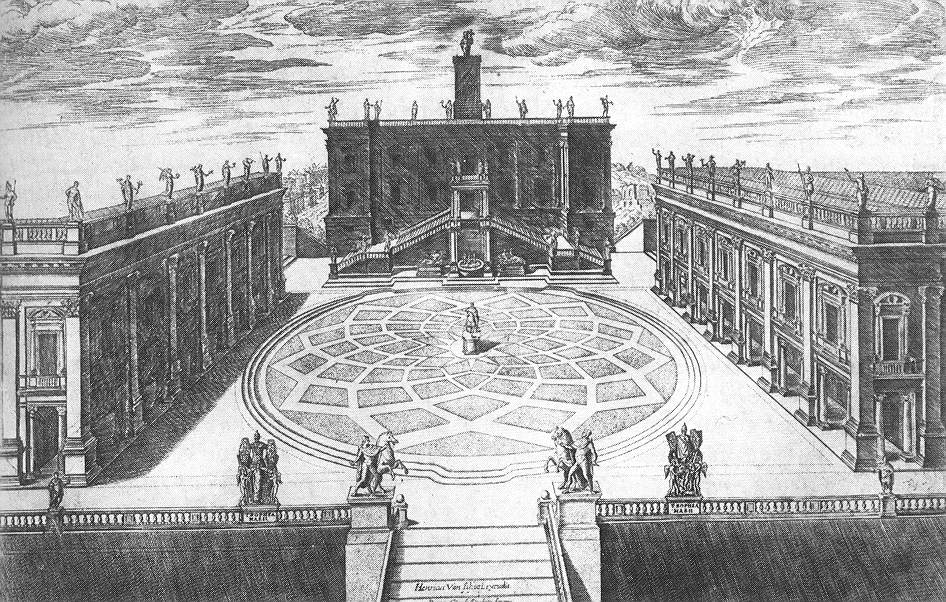
Étienne Dupérac, Kapitol Square, about 1569, copper gravure made according to Michelangelo's project
He also meticulously designed twelve-angular stars in the center of the square and an interconnected sash layered flooring system.
Michelangelo took care not to touch the old architectural composition of the hill which had remained intact for hundreds of years. He did not change the position of the Senate Palace and Conservatory Palaces. He designed a new facade for the buildings. To ensure symmetry, against the Conservatory built the New Palace, which now houses the Kapitol Museum.
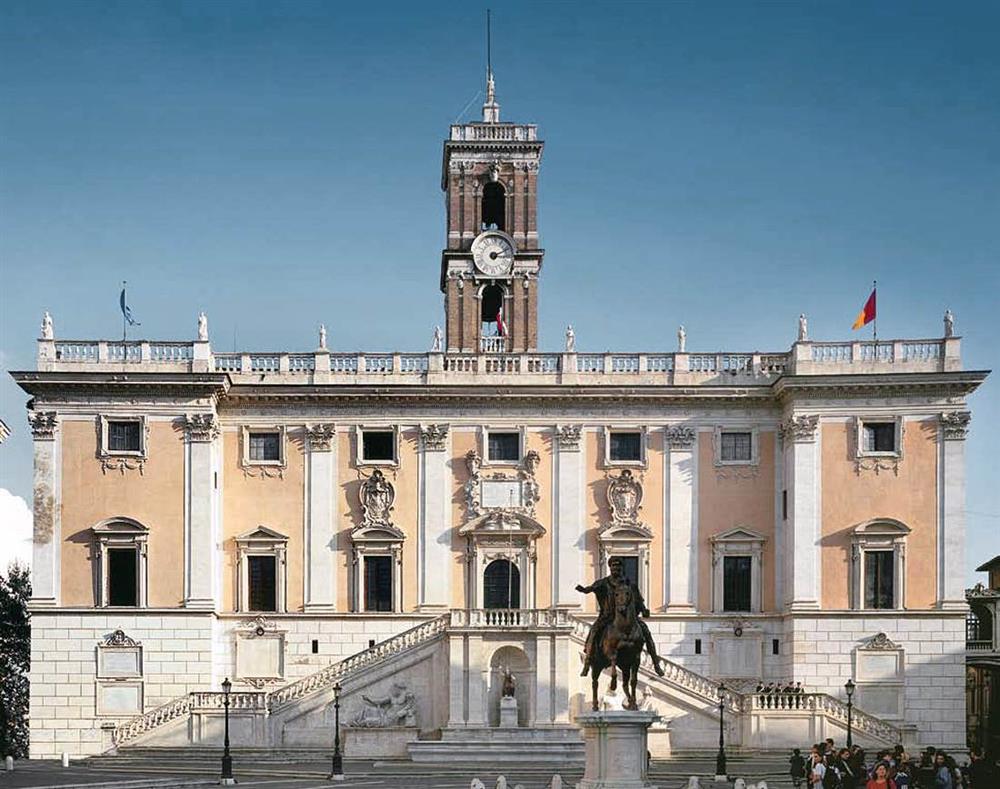
Palazzo Senatorio (Palace of Senators)
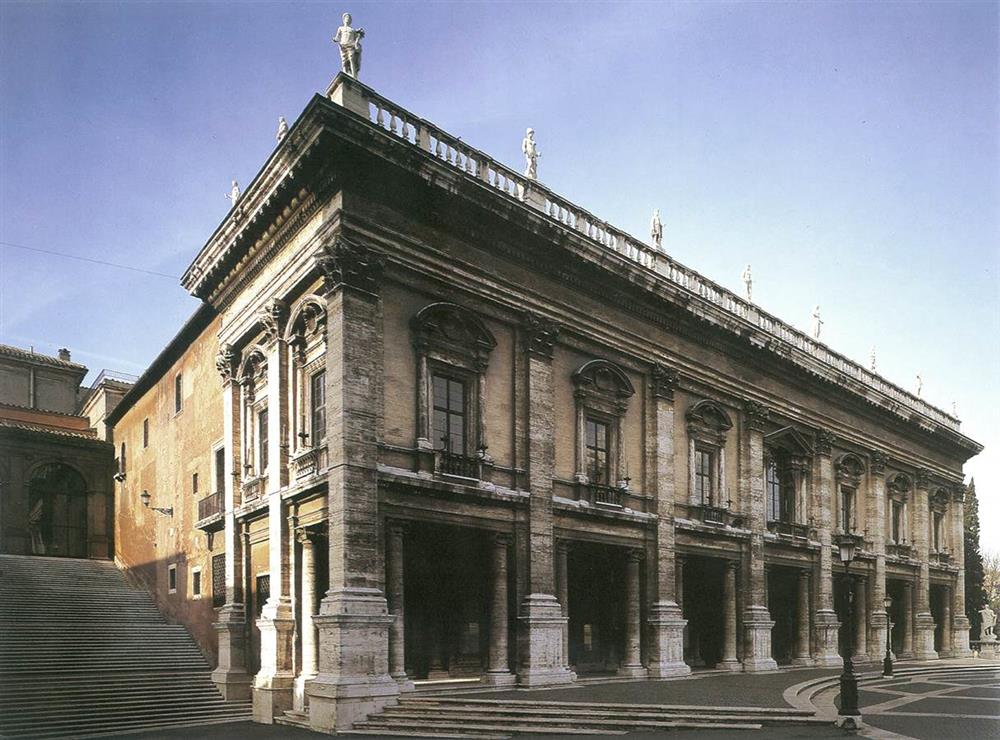
Palazzo dei Conservatori (Conservatory Palace)
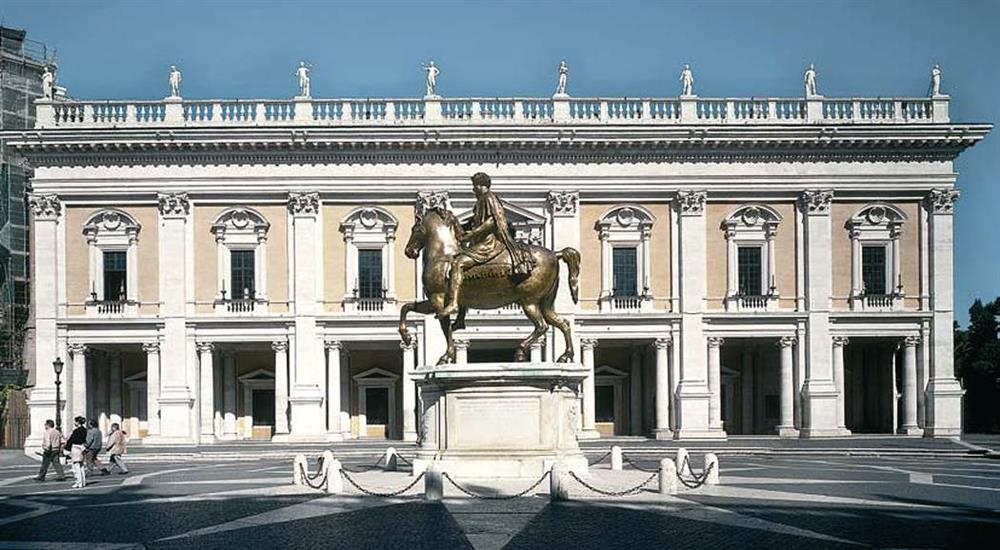
Palazzo Nuovo (New Palace)
Although construction was commenced in the health of Michelangelo, it was completed in the aftermath of the master's death, as was the case with many other palace projects. Even the star decorated oval challenge was built in 1940.
Basilica of San Pietro;
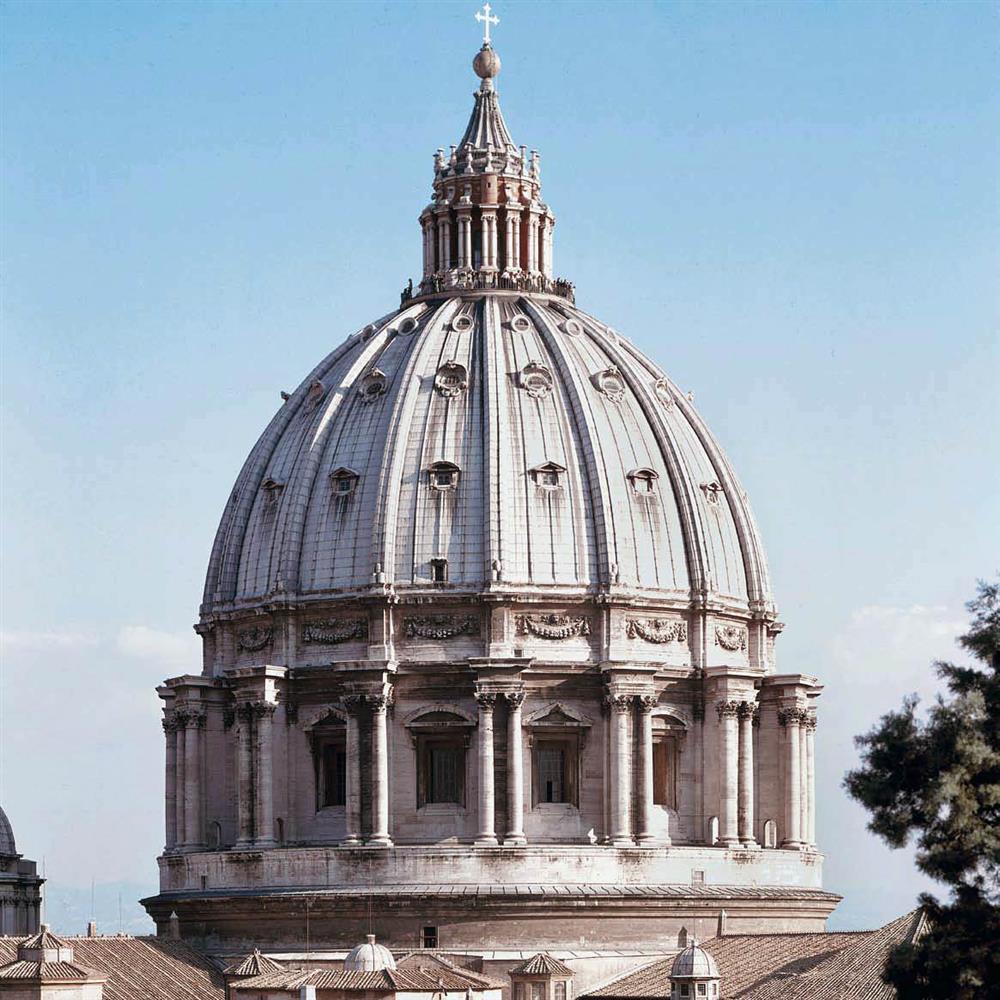
Basilica dome of San Pietro
In 1546, Michelangelo was the seventh architect of the San Pietro Cathedral project, which had lasted forty years. The gigantic dome of the San Pietro Basilica, which can be remotely selected, had a special meaning in the eyes of Michelangelo. Michelangelo, who studied the plans of the dome of the basilica, Donato Bramante and Antonia da Sangallo, wanted to ensure that the interior remained bright, especially when the darkness collapsed. In the project, his colleague Filipo Brunelleschi's cathedral dome was modeled. He prepared a model, just like the two architects before.
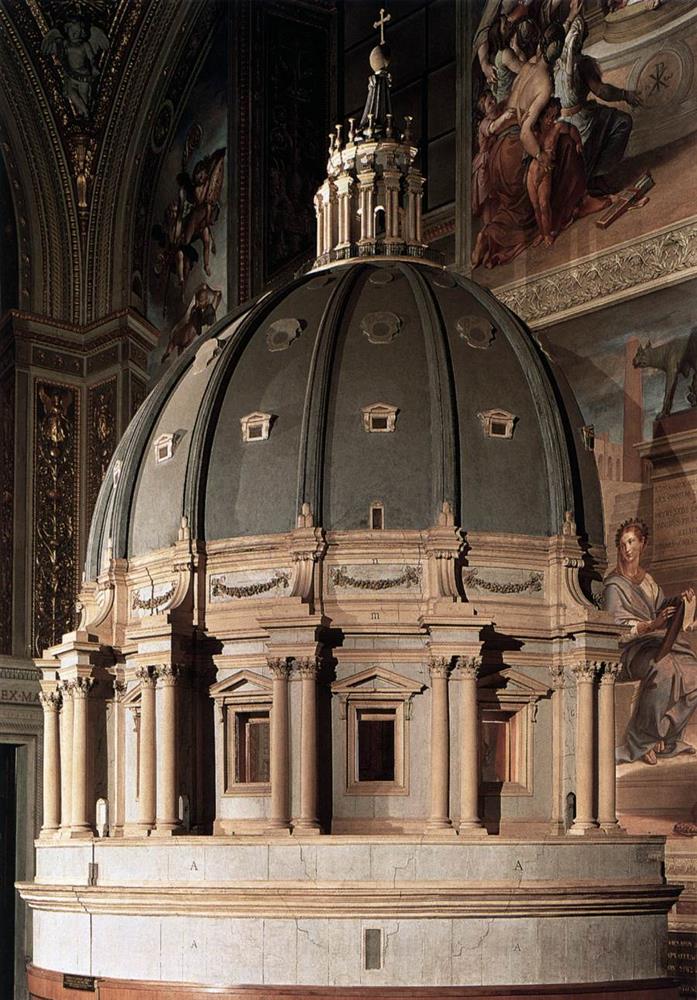
A wooden model for the dome of the Basilica of San Pietro
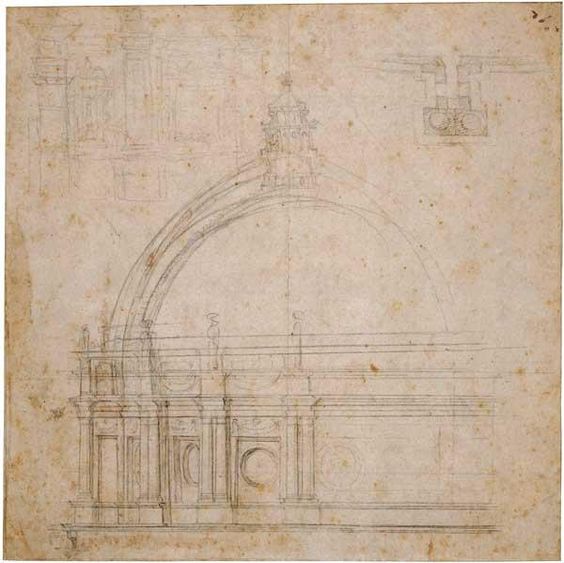
Draft for the dome of the Basilica of San Pietro
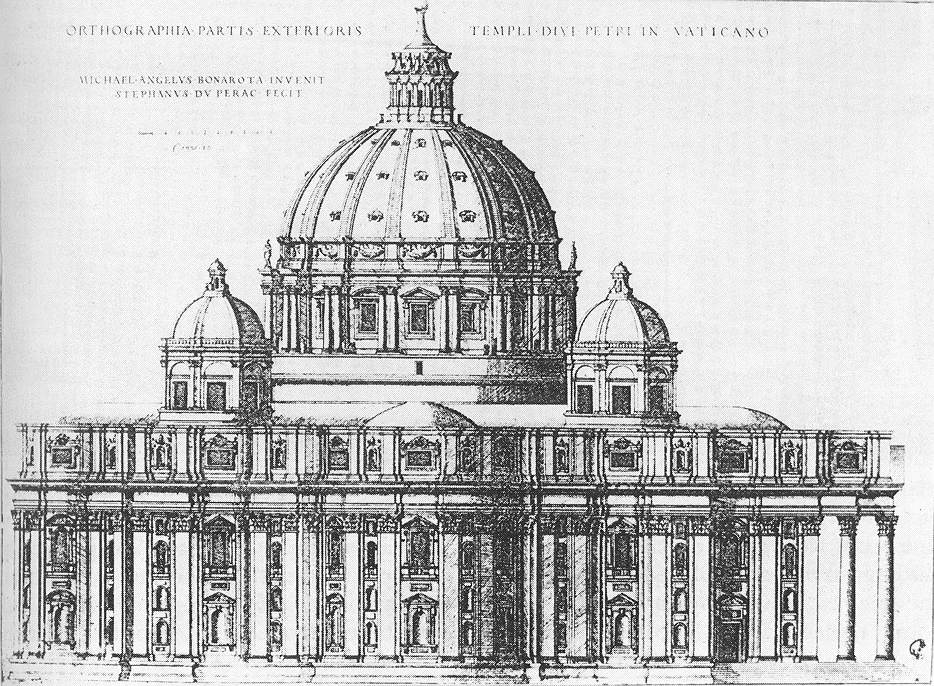
Etienne Dupérac, facade of Michelangelo's San Pietro model, c. 1568, Copper engraving
In 1547 he was appointed chief architect of the San Pietro Basilica, where he continued until his death. At the time of Michelangelo, the dome section had risen up to the pulley. After his death, his successor, Giacomo Della Porta and Domenico Fontana, also made some changes to Michelangelo's design.
Michelangelo: First Architectural Works
Bibliography;
Grömling, A., (2005). Michelangelo, Literatür Yayıncılık, İstanbul.
Erdoğan, C.E., (2015). Sanatın Büyük Ustaları Michelangelo, Birinci Baskı, Hayalperest Yayınevi, İstanbul.
Spence, D., (2012). Büyük Ressamlar Michelangelo, İkinci Basım, Koleksiyon Yayıncılık, İstanbul.
Vasari, G., (2013). Sanatçıların Hayat Hikayeleri, Birinci Baskı, Sel Yayıncılık, İstanbul.












